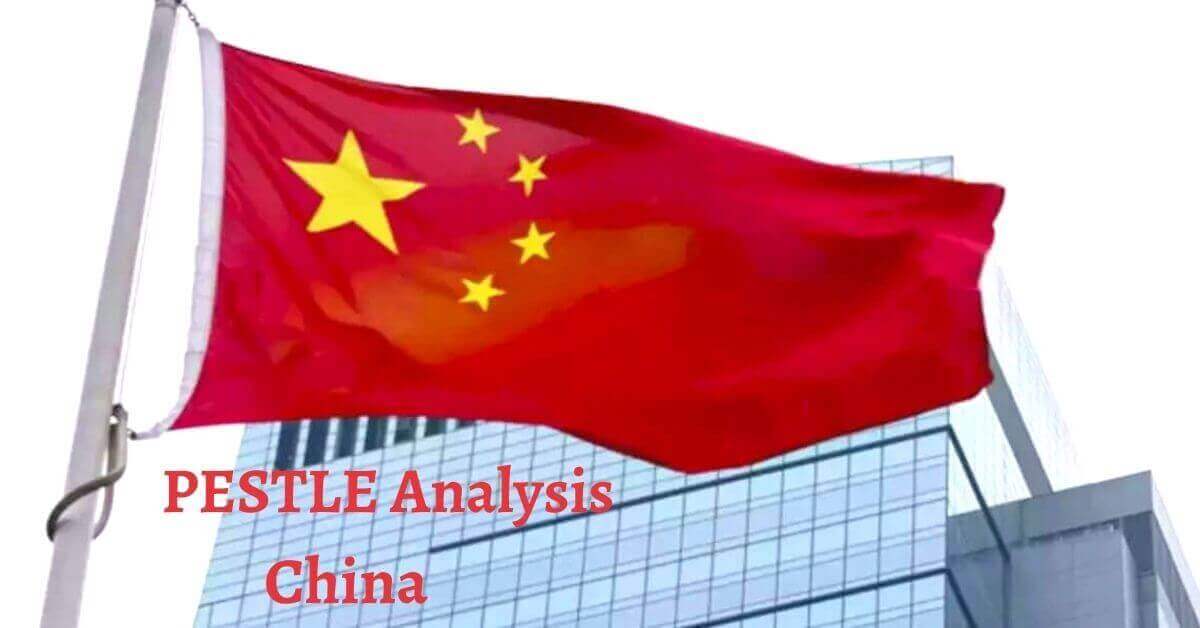Pestle analysis of H&M (Hennes Mauritz AB). H&M is a fast-fashion clothing Swedish multinational retail brand. The founder of the company was Erling Persson, and he established H&M on Oct 04, 1947. The fashion brand’s headquarter is in Stockholm, Sweden.
Accessories, home textile, sportswear, clothing, footwear, cosmetics, apparels, and underwear are some of the main products of H&M. Gap, Boohoo, PVH, UNIQLO, Gucci, Abercrombie & Fitch, Zara, Arcadia, Macy’s, and Fast Retailing are the main competitors of the fashion brand.
Approximately 177,000 employees are working for H&M in more than 74 countries across the world. H&M is the 2nd world’s leading fashion brand after Inditex, ZARA.
Today, we’ll study the pestle analysis of H&M. It would analyze the macro-environmental factors of the world’s leading fashion brand. For internal factors, check out the swot analysis of H&M. Here’s the pestle analysis of H&M as follows;
Political factor affecting H&M
Tariff due to Brexit Deal
As we know that H&M is a Swedish and European fashion company. The brand gets its products manufactured from Asian countries; it gives the company a cost advantage. However, the exit of Britain from the EU after the Brexit deal resulted in the form of an increased tariff. It would take away the cost-benefit advantage when the company offers its fashion products in the UK.
Political Instability
H&M has its production units in countries like Lebanon, Egypt, Turkey, Cambodia, Bangladesh, and many other Asian countries. The war and conflict in the Middle-East and Asia have created an environment of political instability. The political protests and processions have impacted the production of the fashion brand.
Increasing Cost
Trends like better working conditions, high minimum wages, cost of raw material, and labor laws of different countries have increased the overall production cost. Such trends would remove the cost efficiency advantage that the company has.
Economical factors affecting H&M
Annual Revenue
According to a financial report, H&M’s annual revenue was 20.726 billion US dollars in 2020, and it has reduced by 15.42%. Out of which, the company’s net income was 0.344 billion US dollars, and it has declined by 75.12%.
Economies of Scale
H&M has a very large customer market across the world. The fashion brand manufactures its products in a bulk quantity. The economies of scale help the company to reduce the per-unit cost of the product. Most importantly, the company has in-house designers, efficient production processes, and an inventory management system. Such factors work alongside economies of scale.
Global Economic Recession
The pandemic crisis, worldwide lockdown, the shutdown of stores, social distancing, air ban, and many other factors have caused an uncertain environment, a higher unemployment rate, and lower buying power of people. However, H&M is a fashion luxury brand, and people have shifted their focus to the basic necessities.
Social factors impacting H&M
Trends
The shopping trends and attitudes of customers are also changing. H&M is familiar with the customers’ attitudes and growing trends. That’s why fashion uses social media platforms like Facebook, Instagram, Twitter, TikTok, and others to create a buzz about the latest. It attracts the attention of customers, and they demand the same thing.
Empowering Women
H&M has played a significant role in empowering women by creating more women. In fact, the fashion brand hires more women than men. On the other hand, many conservative critics claim that the fashion brand objectifies women under the disguise of women empowerment.
Better Wages & Safety Standards
H&M has been working with the International Labor Organizations for worldwide safe working conditions, better wages, and hygienic workplaces. The company is also working on mechanizing and modernizing the workplaces so that it won’t exploit workers.
Clean Drinking Water
As we know H&M is a socially active organization. For instance, fashion is working with the UN and its relevant organizations on the delivery of clean water in third-world countries like Bangladesh, India, and Pakistan. Such countries are facing a severe issue of the availability of clean drinking water.
Technological factors affecting H&M
E-commerce & Tech
We’re living in a world of the digital age, technology, smartphones, the internet, and information. A vast majority of the world’s population is using the smartphones and internet. The pandemic has pushed the culture of online shopping via smartphone, desktop browser, or laptop. You can buy anything online.
H&M also has an e-commerce platform, and it allows people to order their favorite products online. The company has connected its online store with various local distributors and logistics facilities. They make the product available to the customers.
Legal factors affecting H&M
Laws & Regulations
H&M is a global multinational brand and the company operates its fashion business in different countries worldwide. The fashion brand has franchising partners in countries like UAE, Kuwait, Oman, and others. However, IPR (intellectual property rights) is a severe issue in the fashion industry. Many fashion designers and manufacturers stole ideas and designs from other artists all the time. It puts the company’s products and designs at risk.
Environmental factors impacting H&M
High Pollution
According to a study, the textile is the world’s 2nd most polluting industry after oil & petroleum. It wastes and pollutes a plethora of water. Resultantly, it endangers the lives of those who are living near polluted areas.
On the other hand, the cotton manufacturing units are also polluting the air. Different governments have regulations regarding the air pollution level. However, H&M is also working on the production of recyclable material and usage of clean energy at its facilities.
Conclusion: H&M Pestle Analysis Example Company
After an in-depth study of the pestle analysis of H&M, we’ve concluded that H&M is indeed the world’s leading Swedish multinational fashion brand. Environmental challenges like higher pollution levels, global economic recession, and higher production costs are some of the main issues. H&M should utilize its resources and influence to address these challenges; while paying heed to the external political, economical, social, technological, legal, and environmental factors impacting the company.

Ahsan Ali Shaw is an accomplished Business Writer, Analyst, and Public Speaker. Other than that, he’s a fun loving person.


